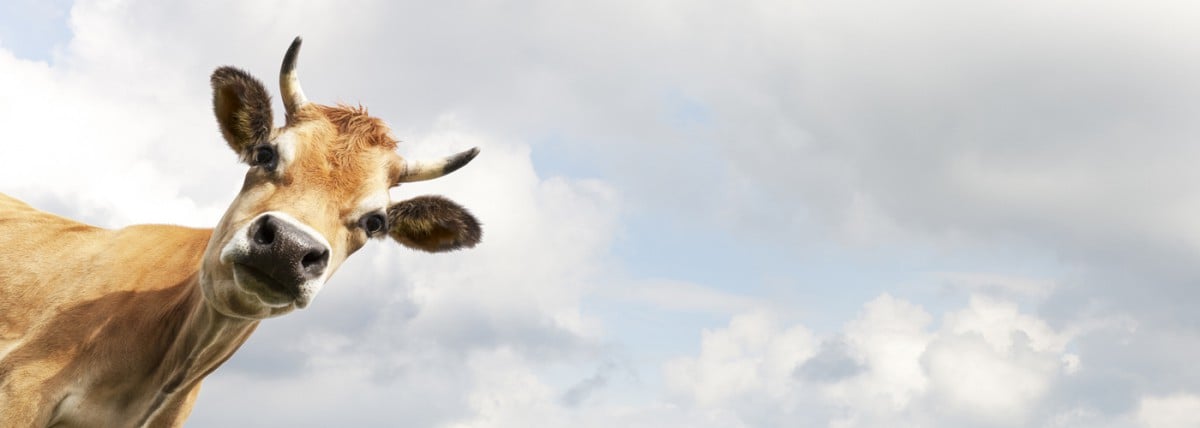The benefits of animal-free meat production that no one is talking about yet

The problems with the current inefficient and inhumane means of producing meat are well documented: massive greenhouse gas emissions, severe environmental degradation, food waste on a vast scale, fecal contamination of our food supply, chronic antibiotic abuse driving the evolution of new pandemics … the list goes on and on. All of these harms are address by plant-based and cell-based meat.
In a new piece for Wired, “Alt-Meat Trounces Animal Meat’s Massive Inefficiencies,” GFI associate director of science and technology Dr. Liz Specht does a thorough analysis of two other significant but less discussed challenges with current meat production:
- The inherent challenges of responding swiftly to changes in the market
- The carcass balancing problem
Liz paints the picture:
Imagine the predicament of a cattle rancher trying to decide how many cows to impregnate this season. Current market conditions—the price of beef or feed—do him no good. He’s forced to look into a crystal ball and predict demand fully two or three years into the future, after his heifers’ nine-month pregnancies and the 16 to 24 months it will take to raise his calves from birth to slaughter. Since overall supply will affect prices, he must also somehow anticipate every other rancher’s possible calculations.
Of course, a situation like this will lead to cycles of boom and bust. There is no way around it. As Liz notes, “it’s inherent in the biology of the animals.”
Contrast this with plant-based and cell-based meat production, where the inputs are generally materials that can be stored until needed and a single plant can produce many different types of meat. So not only can plant-based and cell-based meat production react to changes in the quantity of demand in real-time, they can also meet a shift in the type of meat demanded. If there is increased demand for something specific (e.g., more bratwurst for Octoberfest) the finished product can be rolling off the line in a matter of a few days or even just hours.
And this points to the other major market failure is also inherent in the biology of animals: People want more chicken breast than chicken feet and more prime rib than ground chuck. But chickens and cows produce plenty of feet and off-putting cuts of meat to go along with what is actually desired. Thus the market has to increase the price of the desired parts to cover for the low demand for the less desirable.
Liz shows the better way:
Imagine how cuisine would change over time if consumers were at liberty to make their meat product selections based purely on the cuts they truly demand. …. [P]lant- or cell-based meat manufacturers can produce meats in the exact ratios at which they are selling; there is no carcass to balance.
Once meat production shifts to plant-based and cell-based, farmers can actually produce what consumers are currently demanding—no years-long gambles necessary. Consumers can actually buy what they want, rather than making the trade-off between cheap low-quality meat and expensive high-quality cuts.
It’s a win-win! Explore Liz’s whole analysis at WIRED.

